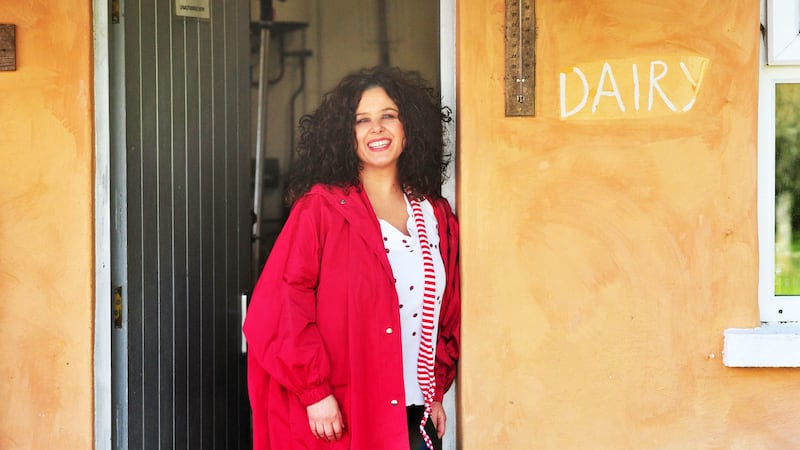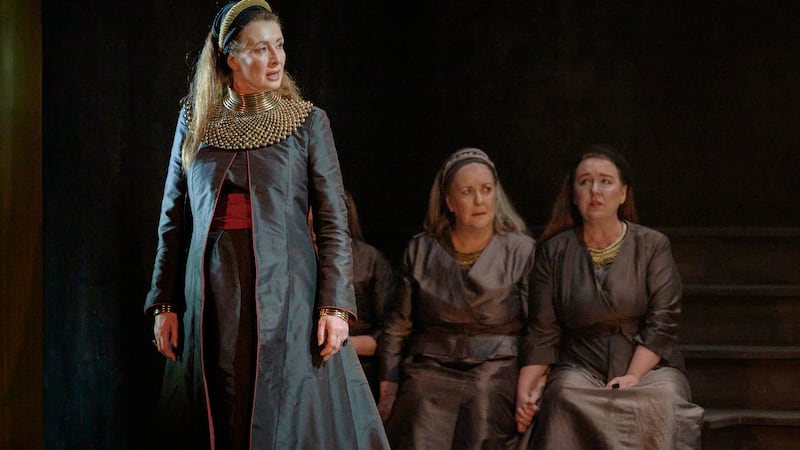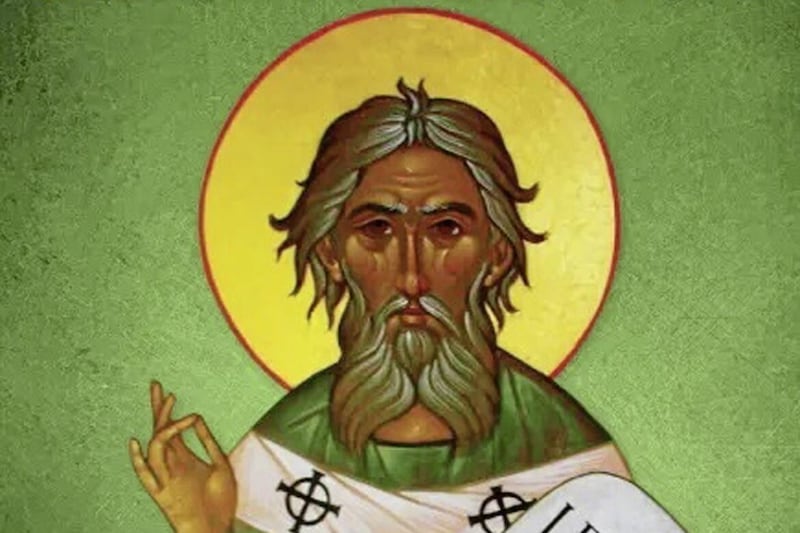GOOD DAY to all you fans of glorious Saint Patrick, dear saint of our isle.
Have the reprobates amongst yez finally sobered up after drowning the shamrock whilst celebrating the feast day of our patron Saint?
Is é Naomh Pádraig éarlamh na hÉireann - St Patrick is the patron saint of Ireland and, God knows, there is so much seafóid - balderdash written about him that the Bluffer mined the finest minds at University College in Cork to find the verité about both Patricks. What?
Yes, according to UCC Professor of Modern Irish, Pádraig Ó Macháin, sa chúigú haois - in the fifth century, there were two Patricks, one was Sean-Phádraig - old Patrick who was an early missionary originally called Palladius, and the other Pádraig, was the one who founded Armagh.
Later tradition would unite them into a single person.
The name Pádraig is a borrowing of Latin Patricius; an earlier borrowing took the Gaelicized form Coithrighe.
The Old-Irish hymn attributed to St Patrick, and now known as Lúireach Phádraig - St Patrick’s Breastplate, identifies three classes of individuals from whom one should be protected as: draoithe - druids, gabha - smiths and mná - women.
The laws of An Carghas - Lent were suspended for St Patrick’s Day and given the name Pota Phádraig - Patrick’s Pot, so the tradition goes back a long time.
Shane Lehane, Department of Folklore and Ethnology, UCC tells us that St Patrick had (or didn’t have) a wife whose name was Síle - Sheelah and whose feastday is 18 March!
Indeed, when uisce beatha - whiskey was drank in copious libations “these merry devotees continue drunk the greater part of the next day, viz., the 18th of March, all in honour of Sheelagh, St. Patrick’s wife.”
This account of St Patrick’s wife occurs in John Carr’s The Stranger in Ireland (1806) and is one of the numerous references to this almost forgotten female figure.
She is possibly synonymous with An Cailleach - the old wise-woman healer whose tradition is deeply rooted in the seminal concerns of breith - birth, torthúlacht - fertility and an bás - death.
Regina Sexton, food and culinary historian at UCC asks, whatever about drowning the seamróg - shamrock, how about eating the shamrock? Commentators on Gaelic Ireland often note the Irish fondness for eating shamrocks, which is more than likely a reference to the eating of the lemony-flavoured seamsóg - wood sorrel (Oxalis acetosella) in Ireland.
But What might the Saint himself have eaten?
The two main pillars of an aiste bia sna Meánaoiseanna luatha - the early medieval diet where gránaigh - cereals (lots of coirce - oats and táirgí déiríochta - dairy produce.
So, did St Patrick eat a macrobiotic hipster diet way before it was cool? “While there is no direct reference to the Saint’s diet, we do know that fermented foods, especially in the dairy line and wild foods were of some importance in the diet,” says Regina.
“And with St Patrick’s Day falling in March, it coincides with the folk tradition of collecting shore shellfish for consumption.”
Or as we call it nowadays, shopping at Sawyer’s.
CÚPLA FOCAL
Is é Naomh Pádraig éarlamh na hÉireann(ish ay neev paadreeg ayrloo na herin) - St Patrick is the patron saint of Ireland
seafóid(shafoydge) - balderdash
sa chúigú haois(sa khooigoo heesh) - in the fifth century
Sean-Phádraig(shan-fadreeg) - old Patrick
Lúireach Phádraig (loorakh fadreeg) - St Patrick’s Breastplate
draoithe(dreeha) - druids
gabha(gaowa) - smiths
mná(mraa) - women
An Carghas(un caragas) - Lent
Síle(sheela) - Sheelah
uisce beatha (ishka baha) - whiskey
An Cailleach(un kyleyakh) - the old wise-woman
breith(brayh) - birth
torthúlacht(torhoolakht) - fertility
an bás(un baas)- death
seamróg(shamrawg) - shamrock
seamsóg(shamsawg) - wood sorrel
an aiste bia sna Meánaoiseanna luatha(un ashta beea sna maaneeshana looaha) - the early medieval diet
gránaigh(graanee) - cereals
coirce(kirke) - oats
táirgí déiríochta(taragee jayreeakhta) - dairy produce








